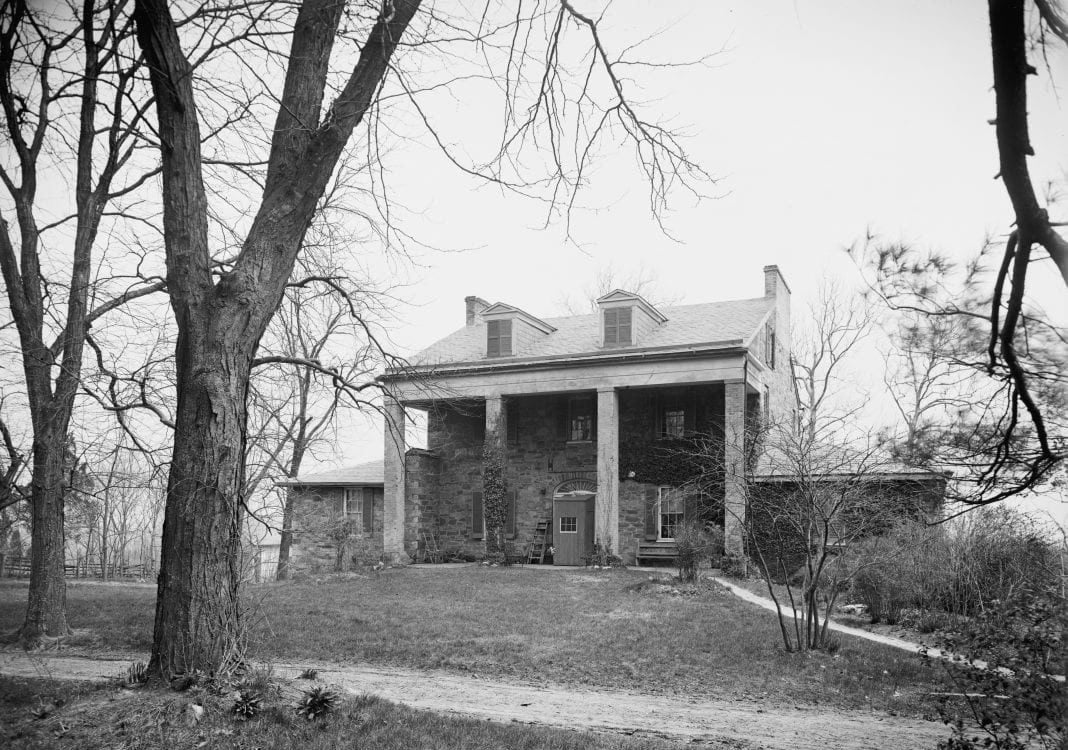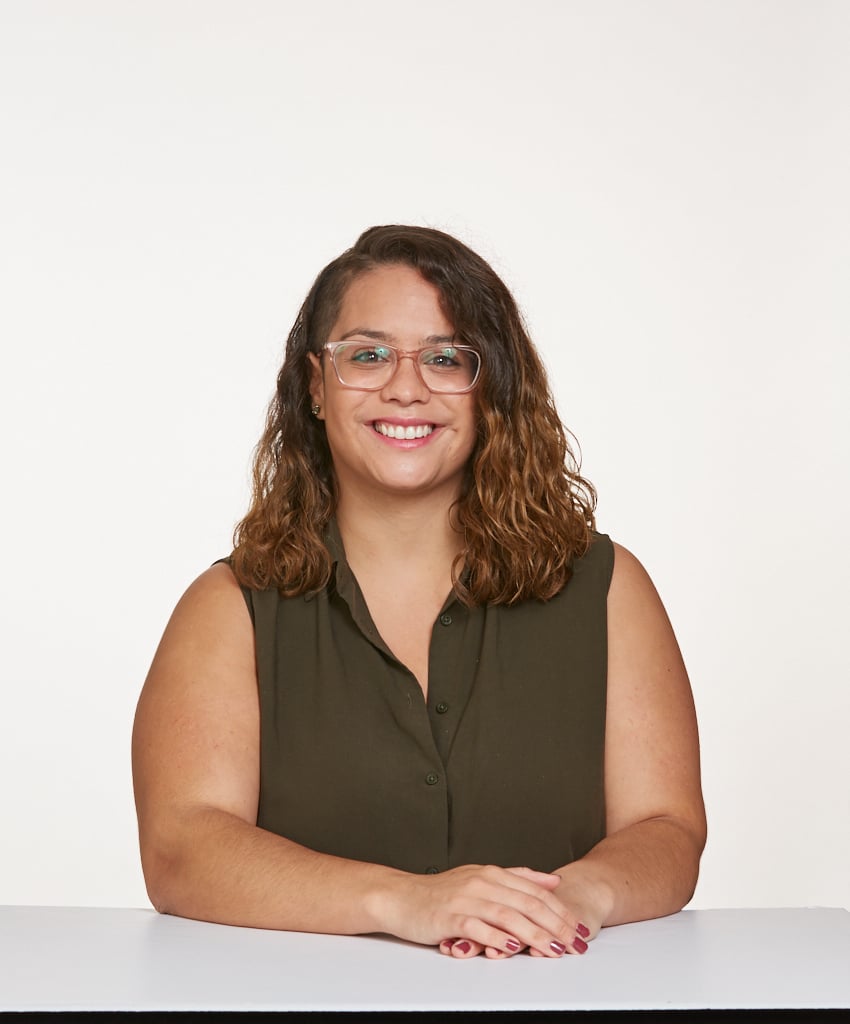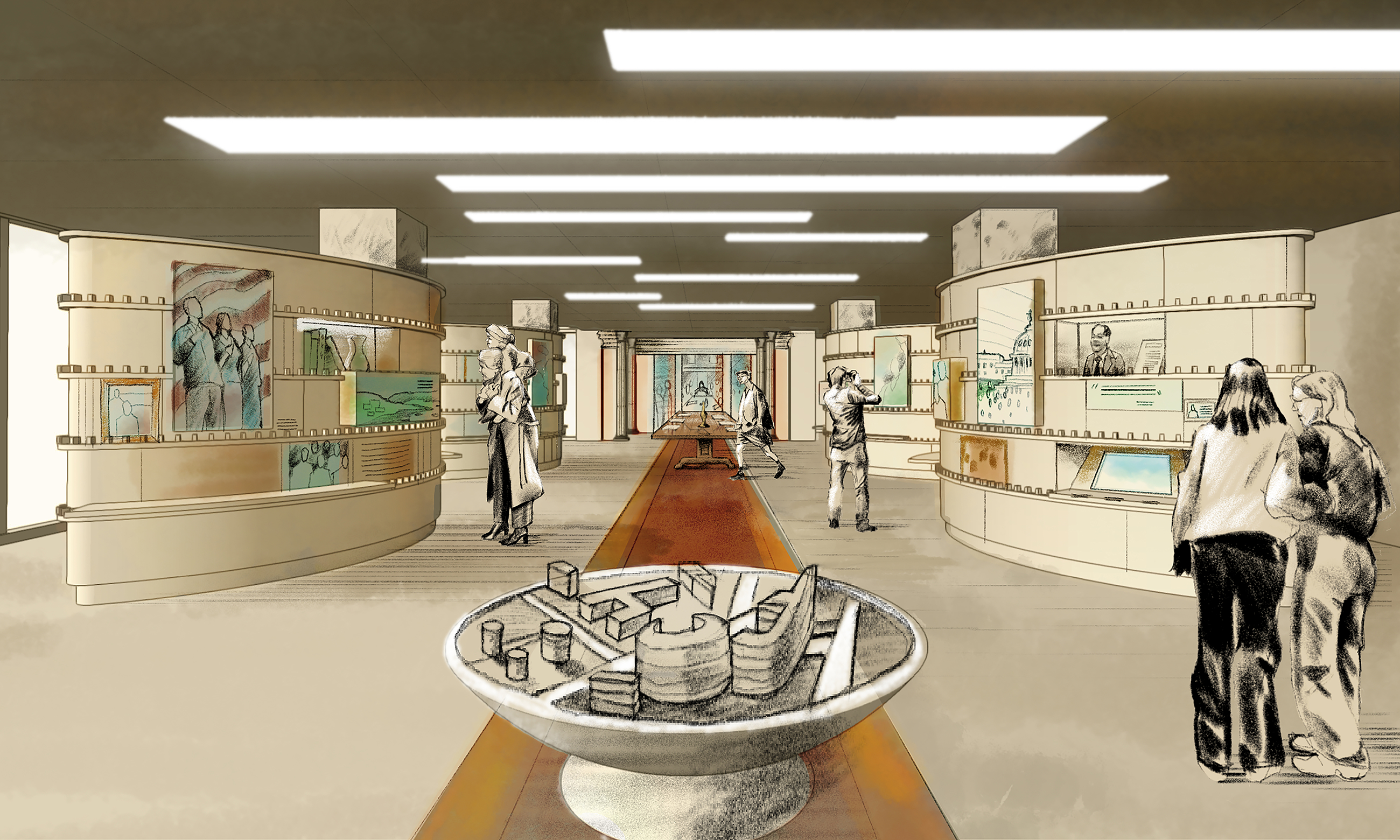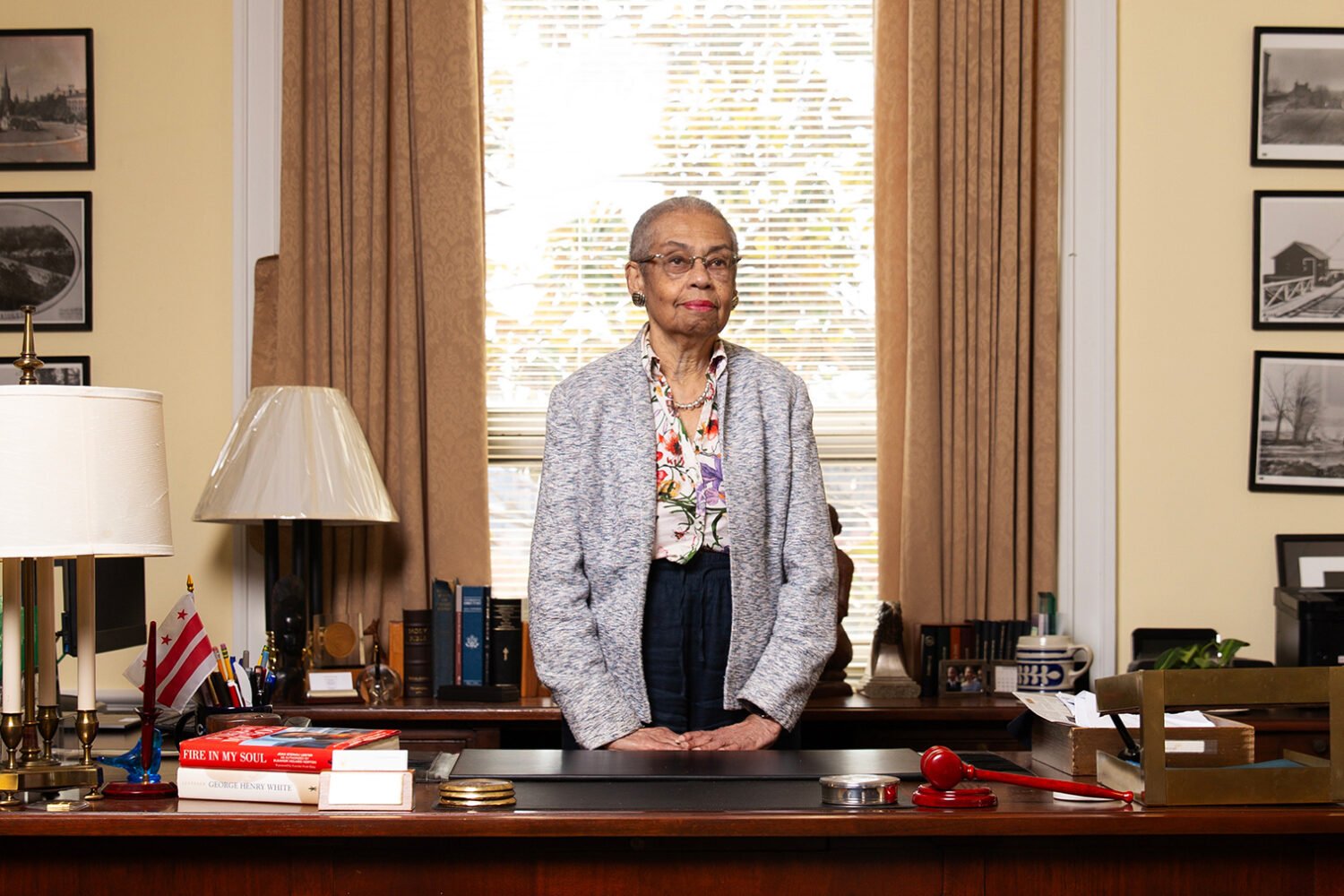Bettye Howe Saunders always wanted to know more about her ancestors, so she created an account on Ancestry.com and included the name of her great-grandfather Frank Brooks, one of the first in her family who was born free from slavery. Then one day several months ago, the 76-year-old Los Angeles–area resident received a message on the site. Mark Auslander, a professor of anthropology and history at Michigan State University, recognized Brooks in Saunders’s family tree—and said he could tell her a lot more about her family.
Auslander, it turned out, had been conducting research on enslaved people who lived on the land around what’s now Washington National Cathedral, and he had records of many members of the Brooks family, including Frank’s grandparents William and Sarah Brooks, who lived and worked on what later became the Sidwell Friends campus. On graduation day, Sidwell seniors have for decades walked down sets of stairs behind Zartman House, an 1827 home in which Saunders’s enslaved ancestors were once forced to work. (Today it’s the school’s administrative building.) Back then, Zartman House—known as the Highlands—sat on farmland that stretched down to the future cathedral site, all of it owned by Joseph Nourse, who ran the Treasury in the late 18th and early 19th centuries.
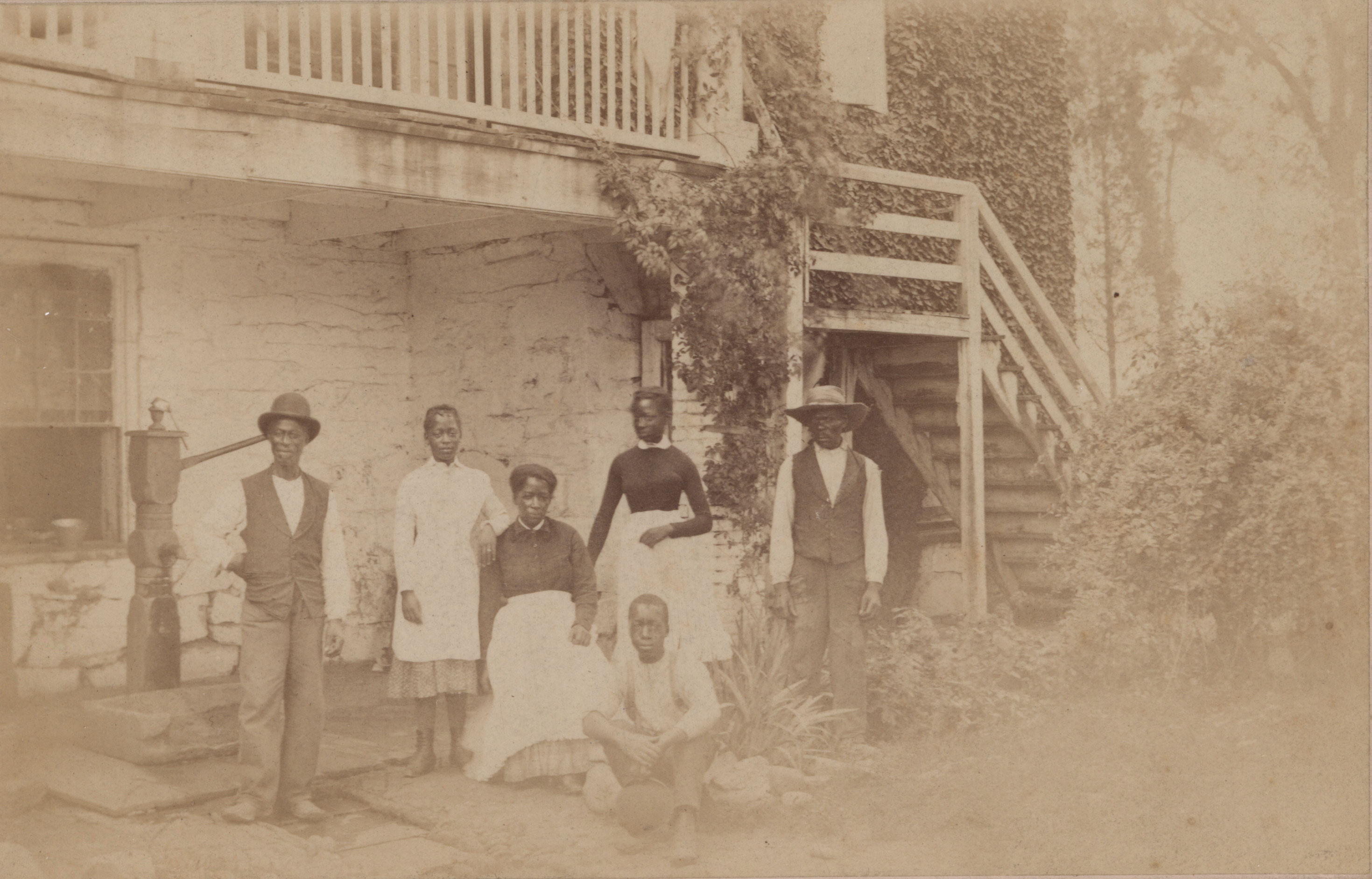
In the process, Sidwell is also addressing some of its own difficult racial history, particularly its “shamefully tardy decision to admit African Americans,” wrote Garman. “Despite receiving applications from black families throughout the late 1940s and 1950s, the Board failed repeatedly and inexcusably to reverse a racist admissions policy.” Sidwell was among the last DC private schools to integrate, and it wasn’t until 1967 that its first black students graduated.
Auslander, a Sidwell alum, has identified at least eight enslaved people connected to the land that the school occupies. At this moment, says Auslander, “there is no more important work for our next generation of students than reminding them that we have shared memory work to do about the embedded traces of slavery and injustice in the very land we occupy.”
Graduating seniors walk down stairs behind a house where enslaved people were once forced to work.
The school decided to look deeper into the history of its campus and share that information with its community. As a result, it has joined a national conversation on what educational institutions might owe to descendants of enslaved people who have connections to the schools—as with, for example, Georgetown University’s efforts to atone for its participation in the slave trade. St. Albans, which is located on the cathedral’s grounds, has also been investigating the history of slavery on the property where the school was later built, according to a spokesperson.
For Saunders, who had never heard of Sidwell Friends, the project represents much more than history. “It’s like looking at a movie,” she says. Auslander has also been in touch with descendants of the Nourse family, and a meetup could happen at some point. “I really can’t say I have any animosity,” says Saunders. “I would like to know how they feel about how their ancestors acted and what thoughts were passed down to them as they were growing up.”
Before the Covid-19 shutdown, Saunders and her family were planning to visit the Sidwell campus in May, where she would have had the opportunity to walk the same halls of Zartman House that her relatives once did. She was excited about the trip, and hopes to reschedule it at some point. “I want to go, but I don’t want to break down crying,” she says. “I just want to see if I can connect emotionally with the imprints that have been left by my ancestors—to see if I can feel anything. I want to stand on the property and let my ancestors know I’m here and that this is how far we’ve come.”
A version of this article appears in the April 2020 issue of Washingtonian.

